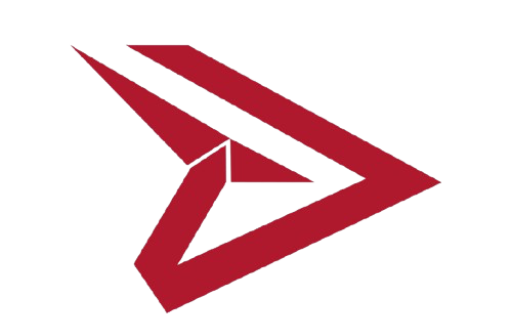
Vintage titles kick things off and a neat bow closes
The concept of vintage titles in filmmaking is more than just a stylistic choice; it’s a way of setting the tone, evoking nostalgia, and establishing a connection with classic cinema. These titles are often used to pay homage to older films, creating an immediate sense of familiarity and warmth for viewers who are drawn to the golden age of cinema. Whether it’s a grainy font, a retro color scheme, or a classic font reminiscent of mid-century Hollywood, vintage titles give a film a timeless quality that is immediately engaging.
These vintage titles, often placed at the beginning of a film, are used to establish context or even create an expectation of the style of storytelling to come. The opening credits can set the narrative tone, infusing it with a sense of nostalgia or evoking a certain period or cultural moment. Films like La La Land (2016) or The Artist (2011) utilized these retro styles not just to pay tribute to the past but to draw attention to their reverence for cinematic traditions.
Just as the opening titles invoke a sense of vintage charm, many films also focus on ending with a neat conclusion, often signaling closure with a satisfying bow. This closure is a stylistic choice that wraps up the narrative neatly, providing a sense of finality to the story, often with credits that return to the same vintage or retro style. This neat closing ensures that the viewer leaves the theater with a sense of completeness, echoing the practices of classic films that were known for their tight, conclusive endings.
This technique continues to be effective in modern filmmaking, showing that old-school storytelling can still resonate with contemporary audiences when presented with the right touch.









Leave a Reply